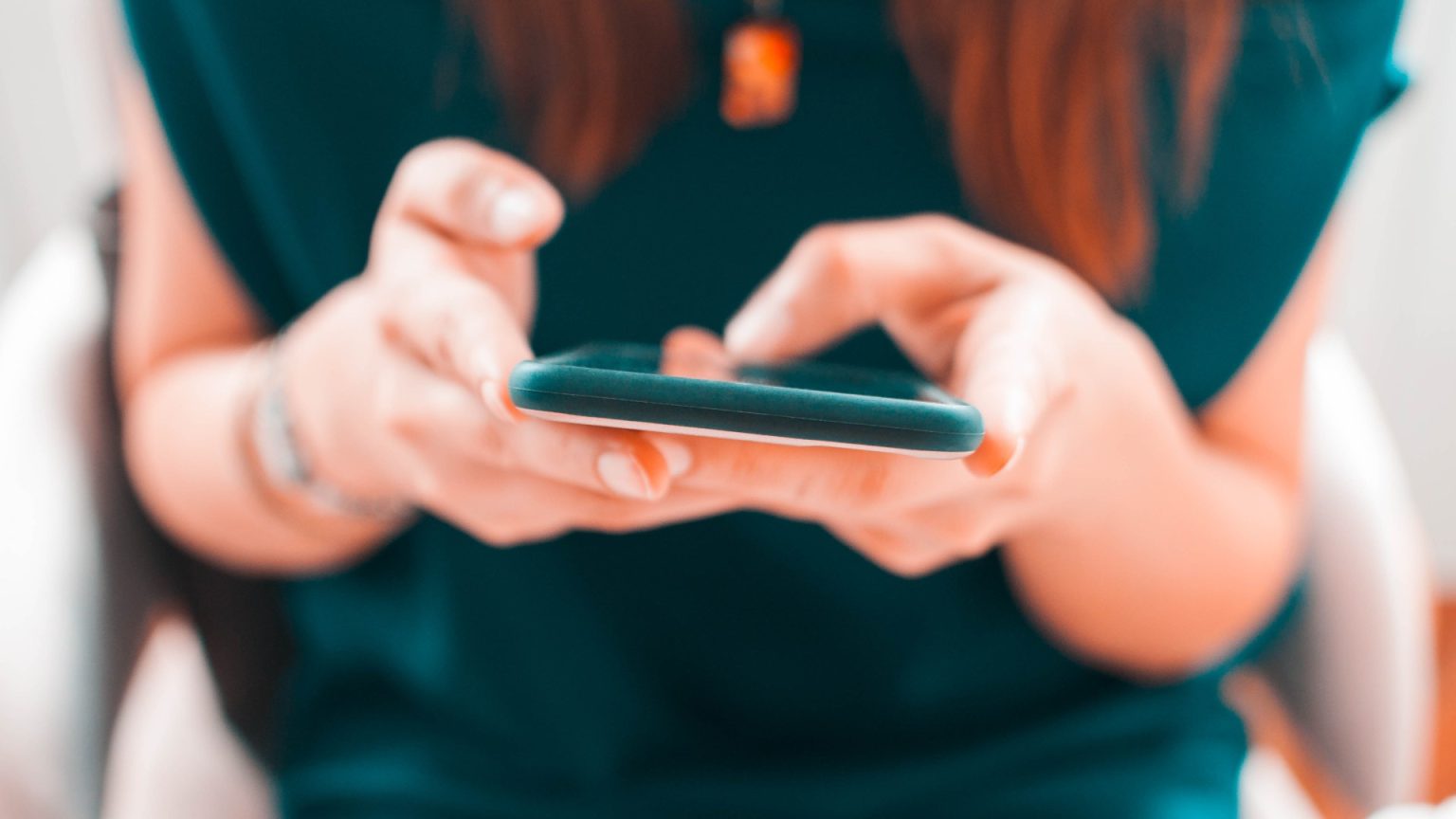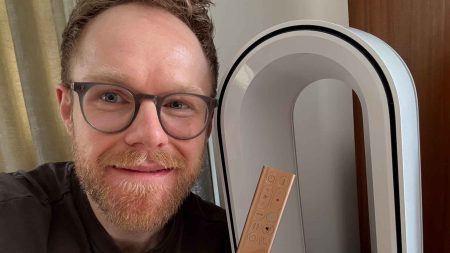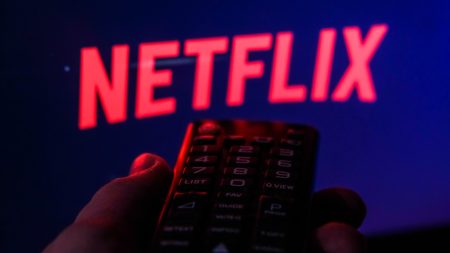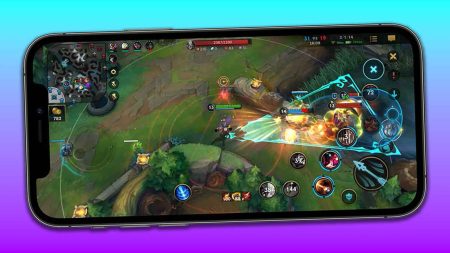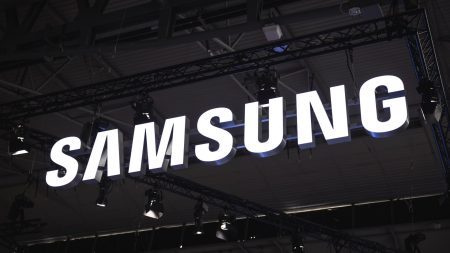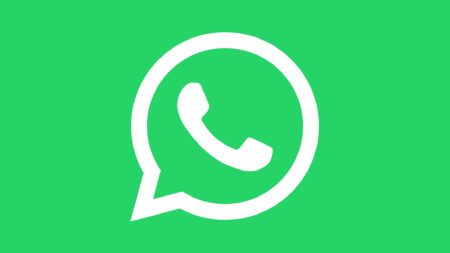The impending shutdown of the 3G network by O2, the last major UK mobile operator to do so, marks a significant shift in the telecommunications landscape. This move, mirrored by competitors Three, Vodafone, and EE, aims to liberate valuable spectrum for the expansion and enhancement of 4G and 5G services, promising faster speeds, improved reliability, and a superior overall user experience. While the vast majority of users with modern 4G and 5G compatible devices will remain unaffected, a small percentage of customers still relying on older 3G-only phones face the prospect of losing mobile data access. This transition, though beneficial for the advancement of mobile technology, necessitates a proactive approach to ensure that vulnerable users are not left behind.
The 3G switch-off, a decision agreed upon by the industry and the government in 2021, represents a crucial step in modernizing the UK’s mobile infrastructure. By reallocating the spectrum previously occupied by 3G, O2, along with other operators, can significantly bolster their 4G and 5G networks. This translates to tangible benefits for users, including enhanced data speeds, smoother streaming experiences, and clearer voice calls. The move is a testament to the ongoing evolution of mobile technology, prioritizing faster and more efficient connectivity to meet the growing demands of data-hungry users.
While the transition is expected to be seamless for most, a portion of O2’s customer base, along with those using networks like Tesco Mobile, GiffGaff, and Sky Mobile which utilize O2’s infrastructure, will need to upgrade their devices. These customers, estimated to be around one in twenty based on a recent USwitch poll, are primarily users of older, 3G-only handsets. For these individuals, the switch-off means the loss of mobile data access, even if they continue to pay for their data plans. However, they will retain access to Wi-Fi for internet connectivity and will still be able to make and receive calls and texts via the existing 2G network.
To address the potential impact on affected customers, O2 has pledged to provide support and guidance throughout the transition. The company plans to contact these customers directly, offering assistance and exploring options to ensure they remain connected. This proactive approach aims to mitigate any disruption and facilitate a smooth transition to 4G or 5G compatible devices. O2 emphasizes that its priority is to ensure that all its customers can continue to enjoy seamless connectivity, regardless of their device.
For users unsure about their device’s compatibility, a simple check within the phone’s settings can clarify its network capabilities. Navigating to “Network Mode” or “Preferred Network” will reveal whether the phone supports 4G or 5G. The presence of these options indicates compatibility, ensuring uninterrupted data access after the 3G shutdown. For those requiring an upgrade, a range of affordable options, including refurbished devices, are readily available, catering to various budgets and preferences. This allows users to upgrade without necessarily incurring significant costs.
While the exact number of individuals affected by the 3G switch-off remains unclear, it is anticipated to be relatively small, given the widespread adoption of 4G and 5G devices. However, the focus remains on ensuring that even this small segment of users, often those less tech-savvy or vulnerable, are not overlooked. O2’s commitment to providing support and communicating proactively with affected customers underlines the importance of inclusivity in this technological transition. The objective is to ensure that the benefits of enhanced mobile connectivity are accessible to everyone, without leaving anyone behind.





